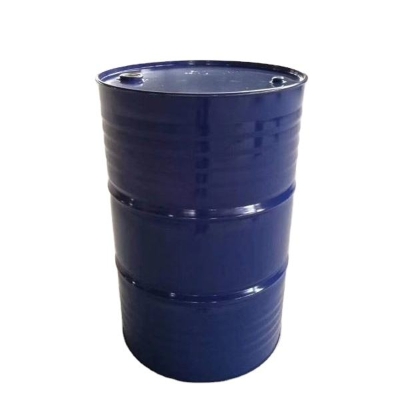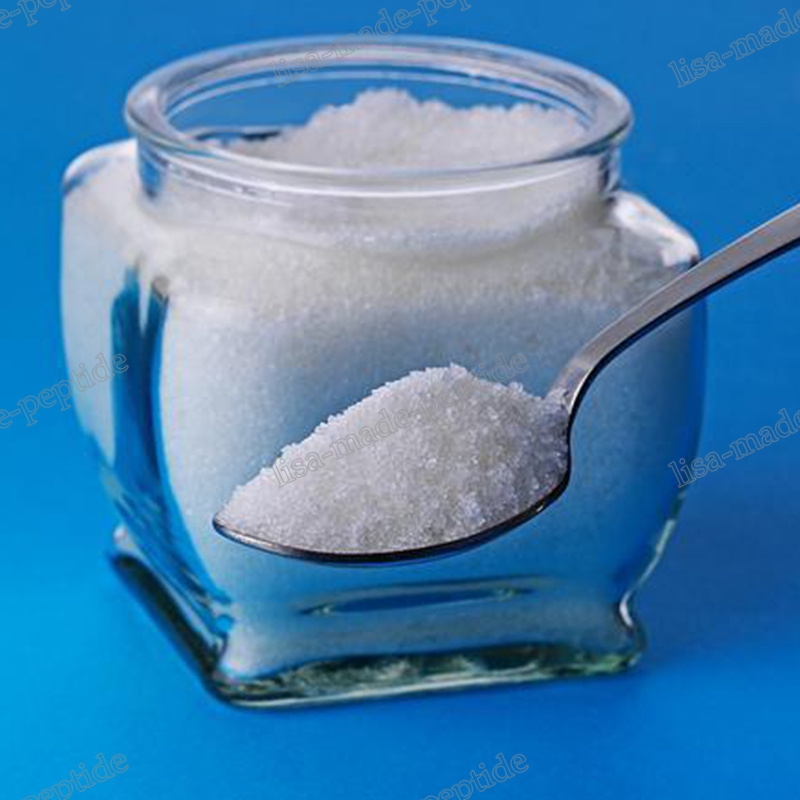-
Categories
-
Pharmaceutical Intermediates
-
Active Pharmaceutical Ingredients
-
Food Additives
- Industrial Coatings
- Agrochemicals
- Dyes and Pigments
- Surfactant
- Flavors and Fragrances
- Chemical Reagents
- Catalyst and Auxiliary
- Natural Products
- Inorganic Chemistry
-
Organic Chemistry
-
Biochemical Engineering
- Analytical Chemistry
-
Cosmetic Ingredient
- Water Treatment Chemical
-
Pharmaceutical Intermediates
Promotion
ECHEMI Mall
Wholesale
Weekly Price
Exhibition
News
-
Trade Service
At the 2022 China International Petroleum and Chemical Conference Battery Materials Development International Forum held in Ningbo a few days ago, many industry insiders believed that the fierce market competition will promote the rapid development of battery technology, and a variety of technical routes in the battery industry will coexist for a long time in the future, the trend of industrial chain integration will accelerate, and the industry will show a diversified development trend
.
Market competition drives technological innovation
Li Bin, vice president of the China Petroleum and Chemical Industry Federation, pointed out that the current technological changes in the battery field are more rapid and the market competition is becoming more intense
.
For enterprises, the more forward-looking technological innovation is, the more long-term competitiveness
can be gained in the market.
"The market places new demands
on battery design.
Taking vehicle power batteries as an example, their design presents four major trends, one is thermal management, the battery must not only have good heat dissipation, but also be able to maintain high storage performance at low temperatures; Second, high integration, the demand trend of power batteries is large modules, large capacity design; Third, long battery life, battery technology should develop in the direction of lightweight and solid-state; The fourth is sustainability, using bio-based raw materials to reduce carbon footprint, as well as reduce the use of volatile substances, and reduce the impact on the environment
.
Wang Dehao, sales director of the Greater China automotive business of the polyurethane division of Dow Chemical (China) Investment Co.
, Ltd.
, said
.
Cost is another factor
driving battery technology innovation.
Wang Zhengqiang, vice president of Yibin Tianyuan Group Co.
, Ltd.
, said that under the background of the continuous high price of lithium salt, sodium-ion battery technology has ushered in rapid development
.
Compared with lithium batteries, sodium-ion batteries have a lower energy density, but thanks to their lower cost and higher safety advantages, they will be widely used in two-wheelers, electric vehicles and energy storage, becoming an important branch
of the new energy field.
"From the perspective of the capital market, the battery industry will present a high form of scale economy driven by R&D in the future, and enterprises will build a cost 'moat'
through process leadership and vertical integration of the industrial chain.
"
Chen Chuanhong, chief analyst of the new energy vehicle industry at Guojin Securities, said
.
The industry will diversify
"In the future, the battery industry will develop diversified, and different technical routes will coexist
in their respective advantageous areas for a long time.
" Talking about the development prospects of the battery market, Sun Yanyin, global partner of Roland Berger, believes that in the next 10 years, lithium iron phosphate and ternary lithium batteries will still be the mainstream route of the market; Semi-solid batteries, sodium-ion batteries and other technologies are expected to be commercialized in the military industry and energy storage; Emerging technologies such as lithium-sulfur batteries, lithium-air batteries and all-solid-state polymer batteries still have bottlenecks, and large-scale commercialization is difficult to achieve
.
In China, with the proposal of the "dual carbon" goal, the power lithium battery market has grown explosively, and the lithium battery for energy storage will open the door to the
trillion market.
According to statistics, China's energy storage lithium battery shipments in 2021 will be 48GWh, a year-on-year increase of 196%; Power lithium battery shipments were 220GWh, a year-on-year increase of 175%.
It is expected that by 2025, China's energy storage battery shipments will reach more than 300GWh, power lithium battery shipments will reach more than 1000GWh, and the overall shipment of lithium batteries is expected to reach 1.
5TW.
Ni Huifeng, deputy general manager of precious metal market development of Anglo-American Resources Trading (China) Co.
, Ltd.
, proposed that the International Hydrogen Energy Commission had predicted that hydrogen energy would account for 1/5 of the global energy supply in 2050, and from the perspective of long-term energy transition strategy, there will be complementary development of chemical batteries and hydrogen fuel cells in the field of power batteries in the future
.
Whether in terms of material supply, energy security, or economic considerations, solutions that take into account multiple technical routes will be stronger than solutions that rely on a single technical route, and can effectively hedge major risks
that may occur in the low-carbon transition.
The trend of industrial chain integration has accelerated
The rapid development of the battery industry has driven the development of upstream and downstream industries, especially electrode materials
that occupy high battery costs.
According to data released by the Lithium Industry Branch of the China Nonferrous Metals Industry Association, the output of cathode materials in China in 2021 will be about 1.
1117 million tons, an increase of about 100.
78%
year-on-year.
Affected by factors such as repeated epidemics and intensified geopolitical conflicts, the price of upstream materials for lithium batteries will increase
exponentially in 2021.
"The battery industry's high reliance on lithium battery cells and key materials will bring supply chain risks
.
Among them, the supply and price fluctuations of lithium and nickel have greater risks, and the geopolitical risks in the single-country monopoly supply model will greatly affect the supply
of cobalt and graphite.
Sun Yanyin pointed out that overall, due to the complex and changeable market situation, it is impossible to accurately predict the price of battery raw materials, and relevant companies have raised their estimates of long-term prices of raw materials and have invested in the upstream of the industrial chain to ensure the stability
of raw material supply.
Wang Zhengqiang said that the metal mineral resources required for the development of China's lithium battery industry are highly dependent on imports, such as nickel and cobalt, the import dependence of nickel and cobalt has been above 80% for a long time, and it is urgent to build a complete industrial chain, an advanced innovation chain, and a safe and reliable supply chain ecosystem
.
Therefore, the current integrated development of the battery industry is accelerating, the industrial chain has entered an era of comprehensive cooperation, and leading enterprises have laid out
all links of the industrial chain from mineral development to battery recycling.
At the same time, many traditional chemical companies have also begun to get involved in the battery industry, relying on their resource advantages such as phosphorus, titanium, and fluorine, and jointly extending their layout
in the lithium battery material industry chain.
"Polyfluoride began to develop lithium hexafluorophosphate since 2006, and pioneered a new raw material path
for the preparation of crystalline lithium hexafluorophosphate from industrial anhydrous hydrocyanic acid and industrial lithium carbonate.
" Yang Huachun, deputy general manager of Dofluoro New Materials Co.
, Ltd.
, said: "New materials will be an important support for the development of the new energy industry, and the upstream and downstream cooperation of the battery industry chain will help us form a unique and core competitiveness of the new energy industry system
.
" ”







